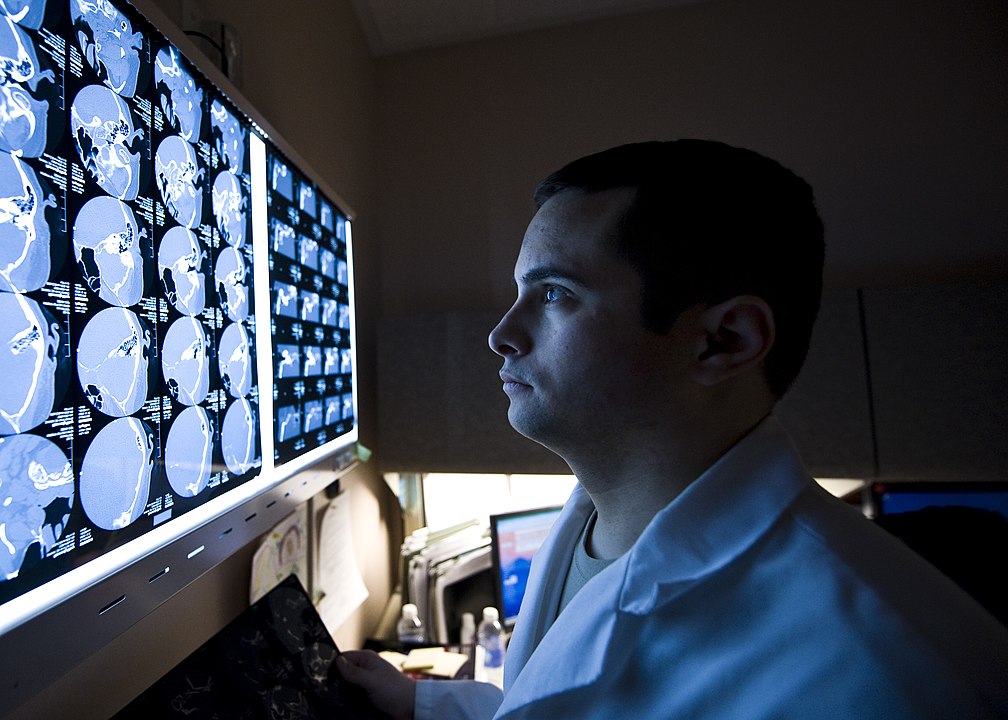In the just-released December/January issue of Bookforum, Michael Robbins reviews three recent books that venture to explain the physical foundations of consciousness: Out of My Head: On the Trail of Consciousness by Tim Parks, The Spread Mind: Why Consciousness and the World Are One by Riccardo Manzotti, and Rethinking Consciousness: A Scientific Theory of Subjective Experience by Michael S. A. Graziano. As Robbins writes, neuroscientists and philosophers have been attempting to explain consciousness for decades now, but no generally accepted theory has yet taken hold. “No one has the slightest idea” about how the the brain gives rise to the mind, according to Robbins. The books under review don’t break this impasse, but they do suggest that increasingly radical approaches to the problem are needed if any satisfactory explanation is to be found. Here’s an excerpt from the reivew:
Parks concludes his book by inviting
readers to refer everything they read about consciousness . . . to their own experience; never to be wowed or dazzled; scrupulously to consider what it’s really like being alive. When it comes to consciousness, we are all repositories of quantities of evidence far richer than any available in the neuroscientist’s laboratory.
This is right. Each of us has direct and immediate access to the problem. My own intuition, for what little it’s worth, is that consciousness really is something extra —not (or not only) physical, not reducible to physical properties. I’m with David Chalmers thus far, though I happily follow Thomas Nagel even further: “Conscious subjects and their mental lives are inescapable components of reality not describable by the physical sciences.” I learn much that is fascinating about the brain from books like Graziano’s, but nothing about how its processes or electrochemical interactions, no matter their baroque intricacy, could produce this.
Image by US Air Force from USA - Brain scan. Public Domain.
